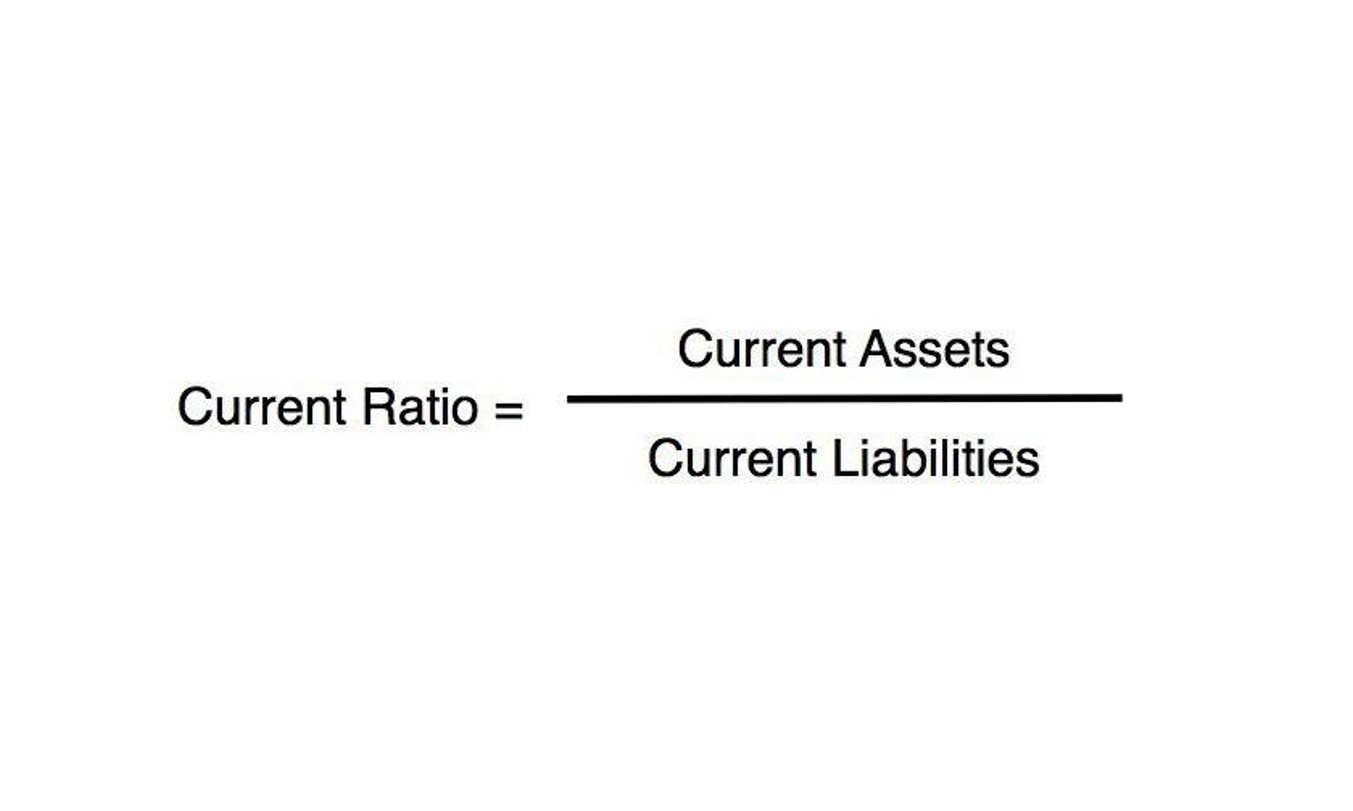This is advantageous in periods of rising prices because it reduces a company’s tax burden when it reports using the LIFO method. LIFO also can create a problem if your inventory levels are declining. As higher inventory costs are used up, you’ll need to start dipping into lower-cost “layers” of inventory, triggering taxes on “phantom income” that the LIFO method previously has allowed you to defer. As indicated above, the LIFO reserve is important for a company because it explains any differences between the LIFO and FIFO accounting methods.

It should be noted that for companies that do not want to translate
every inventory-related number in their financial statements to the
LIFO basis, there are some presentation options that would not violate
the conformity rule. LIFO does not have to be used to calculate cost
of goods sold or operating profit in the primary income statement as
long as there is an adjustment so that ending net income is calculated
on a LIFO basis. One way to potentially conserve cash is to look for tax savings related to inventory costs. Any company that maintains inventory is required to identify that inventory under a permissible method such as specific identification, first-in, first-out (FIFO), or LIFO. In this case, substantial means 30% of total operating assets of the consolidated group.
Year-End Tax Forum Webinar
Many companies use dollarvalue LIFO, since this method applies
inflation factors to “inventory pools” rather than adjusting
individual inventory items. Companies that are on LIFO for taxation
and financial reporting typically use FIFO internally for pricing,
purchasing and other inventory management functions. INCOME EFFECTS
Companies adopt LIFO primarily to lower their income tax
liability and to postpone paying taxes, but it also reduces income for
financial reporting purposes.
Almost all analysts look at a publicly-traded company’s LIFO reserve. Often earnings need to be adjusted for changes in the LIFO reserve, as in adjusted EBITDA and some types of adjusted earnings per share (EPS). The FIFO method of evaluating inventory is where the goods or services produced first are the goods or services sold first, or disposed of first. The LIFO method of evaluating inventory is when the goods or services produced last are the ones to be sold or disposed of first. Consequently, while making the transition to IFRS, business
owners must be conscious of the tax consequences of this
transition.
LIFO conformity rule definition
Over time, LIFO can have a significant cumulative downward effect on
the inventory’s value. The cost of goods sold for any particular year
equals the sum lifo reserve of beginning inventory, plus purchases, less ending
inventory. Thus, a lower ending inventory increases cost of goods sold
and reduces taxable income.
- The conformity rule of IRC § 472(c) requires those companies to also
use it for financial accounting purposes. - Or they
could wait and see what happens, anticipating some exception to the
conformity principle or an extended section 481(a) period. - Assuming your inventory costs generally increase over time, LIFO offers a definite tax advantage over other inventory reporting methods.
- This is specifically important when sharing things like tax returns with the government because it means the amount of taxes the company accrues is likely to be lower.
- In the case of changing from LIFO, for tax purposes,
the entity will generally spread the income effects caused by the
change in the opening inventory valuation over future years.
Absent relief from the Treasury Department, it would
require them to change their tax method of inventory reporting. Manufacturers whose inventory is experiencing inflationary prices can reduce taxable income by reporting inventory using the Last In, First Out (LIFO) method. With the LIFO method, the most expensive inventory is purchased most recently, and since that is the inventory assumed to be sold, the remaining inventory in stock has a lower value. This is a great result for tax purposes, but not necessarily for GAAP purposes. The LIFO reserve comes about because most businesses use the FIFO, or standard cost method, for internal use and the LIFO method for external reporting, as is the case with tax preparation.
Nashville Year-End Tax Forum
Over the past few years, in order to comply with the growing
movement toward consistent international reporting on financial
statements, many companies have begun the transition to
International Financial Reporting Standards (IFRS). While making
this change, there are many factors that corporations need to
consider. One of the major features of IFRS reporting is that it
does not permit the use of LIFO (last-in, first-out) for inventory
valuation. Taxpayers adopting the LIFO method may measure inflation using indexes based on changes in internal inventory costs or indexes published by the Bureau of Labor Statistics under the inventory price index computation (IPIC) method. Taxpayers experiencing rising inventory costs should consider adopting the LIFO cost-flow method.

Nevertheless, companies are not required
to use the same LIFO method for taxation and accounting. For example,
a unit LIFO method could be used in accounting and a dollar-value LIFO
method in taxation. GAAP loom larger than
accounting for inventories, particularly the disallowance of the
last-in, first-out (LIFO) method in IFRS. The proposed shift of U.S.
public companies to IFRS could affect many companies currently using
LIFO for both financial reporting and taxation. This is because the
conformity rule of IRC § 472(c) requires taxpayers who apply LIFO for
tax purposes to also apply it for income measurement in financial
reporting, and IFRS does not permit LIFO for book accounting.
Breaking Down the LIFO Reserve Account
The IRS recently examined a case where the LIFO conformity rules
and IFRS standards came into conflict. This issue will become more
relevant as IFRS and generally accepted accounting principles
(GAAP) convergence becomes a reality in the next few years. This
case revolves around a taxpayer that became a wholly owned
subsidiary of ABC, which files a consolidated tax return.

In other words, the LIFO reserve is critical because it ultimately offers the most accurate and most complete picture of a company’s inventory, sales, revenue, and profits. The LIFO method places a higher rate of cost on all the goods that a company sells over the period of a year. With reports that show a higher cost to the company, it also means that less income eligible for taxes is reported alongside it. This https://www.bookstime.com/ is specifically important when sharing things like tax returns with the government because it means the amount of taxes the company accrues is likely to be lower. Both the LIFO and FIFO methods fall in line with the Generally Accepted Accounting Principles (GAAP) established by the Financial Accounting Standards Board (FASB) in the US. Most companies utilize both methods when preparing financial information.

No comment yet, add your voice below!